Golf carts have evolved from humble utility vehicles to powerful and speedy machines that offer incredible fun on the golf course and beyond. If you’re on the lookout for the fastest golf cart available, you’ve come to the right place! In this article, we’ll explore the high-speed options, how they measure up in various categories, and tips for choosing the perfect one for your golfing adventures or neighborhood cruises.
The Need for Speed in Golf Carts
Why Speed Matters
While golf carts primarily serve as a means of transport on the course, many golfers desire the excitement that comes with speed. A fast golf cart can:
- Enhance gameplay by reducing downtime between holes
- Provide thrills during leisure drives in residential areas
- Support various activities such as hunting, farming, or outdoor family events
In essence, having a speedy golf cart can bring a new flavor to an otherwise slow-paced game.
Top Speed Specifications
Typically, the average golf cart speed ranges from 12 to 15 mph for standard models. But some designs push these limits significantly. Below, we present some of the speediest options on the market.
Fastest Golf Carts You Should Know
1. Garia Golf Car
- Top Speed: 30 mph
- Price: Starting around $22,000
The Garia Golf Car stands out for its luxury and performance. Engineered with a 72V power system, this cart zips across the course with style. It offers a premium driving experience, complete with features like optional Bluetooth connectivity and a refrigerator.
2. E-Z-GO GVX 1500
- Top Speed: 25 mph
- Price: Approximately $15,000
The E-Z-GO GVX 1500 is designed for versatility that stretches beyond just the golf course. It’s part of their utility line and equipped with a powerful engine that can tackle rougher terrains and even work tasks.
 E-Z-GO GVX 1500 Golf Cart
E-Z-GO GVX 1500 Golf Cart
3. Club Car Onward 4 Passenger
- Top Speed: 23 mph
- Price: Starting at $9,000
The Club Car Onward series is known for its innovative technology and comfort. This version is built to seat up to four passengers, making it ideal for families or groups on a golf outing. It’s not just fast; it’s also stylish.
4. Yamaha Drive2
- Top Speed: 19 mph
- Price: Ranges from $8,000 – $12,000
Yamaha Drive2 series golf carts come with advanced electric or gas options. Their ease of handling and comfortable riding experience lend them a spot among the preferred choices.
5. Adger Custom Golf Carts
- Top Speed: 30 mph
- Price: Variable depending on custom features
If you’re after something personalized, Adger Custom Golf Carts can modify your ride to hit impressive speeds. The customization includes various engine options, making it the ultimate personal utility vehicle.
 Custom Golf Cart Speed Modifications
Custom Golf Cart Speed Modifications
Summary Table of Fastest Golf Carts
| Golf Cart Model | Top Speed | Price Range |
|---|---|---|
| Garia Golf Car | 30 mph | $22,000 and up |
| E-Z-GO GVX 1500 | 25 mph | ~$15,000 |
| Club Car Onward | 23 mph | Starting at $9,000 |
| Yamaha Drive2 | 19 mph | $8,000 – $12,000 |
| Adger Custom Golf Carts | 30 mph | Variable |
Features to Consider in Speedy Golf Carts
When selecting a speedy golf cart, keep the following features in mind:
- Power Source: Choose between gas and electric. Electric models often provide smoother rides, while gas options typically offer better speed.
- Battery Life: For electric carts, ensure you have a robust battery that can sustain longer rides at high speed.
- Weight and Build: Lightweight carts tend to accelerate better, so consider the material and construction.
- Customizability: Brands like Adger allow you to modify your cart according to your needs.
- Comfort and Safety: Look for model features such as seats, steering, and braking systems that enhance safety.
 Golf Cart Safety Features
Golf Cart Safety Features
Maintaining Your Golf Cart for Optimal Speed
To keep your golf cart speedy, regular maintenance is key! Here are some tips to maintain your cart’s power:
- Regular Tune-Ups: Schedule checks to ensure all parts are working correctly.
- Battery Maintenance: For electric carts, keep the batteries clean and charged.
- Tire Pressure: Maintain the recommended tire pressure for a smoother ride.
- Weight Management: Avoid overloading your cart, which can slow it down.
Key Takeaways
- The top contenders for the fastest golf cart include the Garia, E-Z-GO GVX 1500, and more.
- Fast golf carts enhance gameplay and provide leisure fun.
- Regular maintenance is crucial for maintaining speed and performance.
- Features like power source, weight, and build matter when choosing a golf cart.
FAQs
1. What is the average speed of a golf cart?
Generally, the average speed ranges from 12 to 15 mph for standard golf carts.
2. Can I make my golf cart faster?
Yes, you can enhance your golf cart’s speed by upgrading the motor, tires, or battery, or going for a more performance-oriented model.
3. Are electric golf carts as fast as gas models?
Typically, gas carts offer higher speeds compared to electric carts, but advancements in electric motors are narrowing the gap.
4. How much does a high-speed golf cart cost?
Prices can range significantly based on the model and features, typically starting from $8,000 and can go as high as $22,000 or more for luxury options.
5. Does the weight of golf carts affect their speed?
Yes, heavier carts may have lower top speeds compared to lighter models. Overloading can impact their ability to accelerate efficiently.
6. What maintenance is required for golf carts?
Regular maintenance should include battery checks, tire pressure monitoring, motor servicing, and overall cleaning for optimal performance.
7. Can I use my golf cart on public roads?
It depends on local laws. Many jurisdictions allow golf carts to be driven on certain public roads if they meet specified criteria.
8. Are custom golf carts worth the investment?
Customized golf carts can enhance personal enjoyment and resale value, making them a worthwhile investment for many buyers.
Whether you’re racing down the fairway or cruising around your neighborhood, understanding the best models and maintaining them well will ensure you get the fastest golf cart experience possible. Choose wisely, and let the adventures begin!
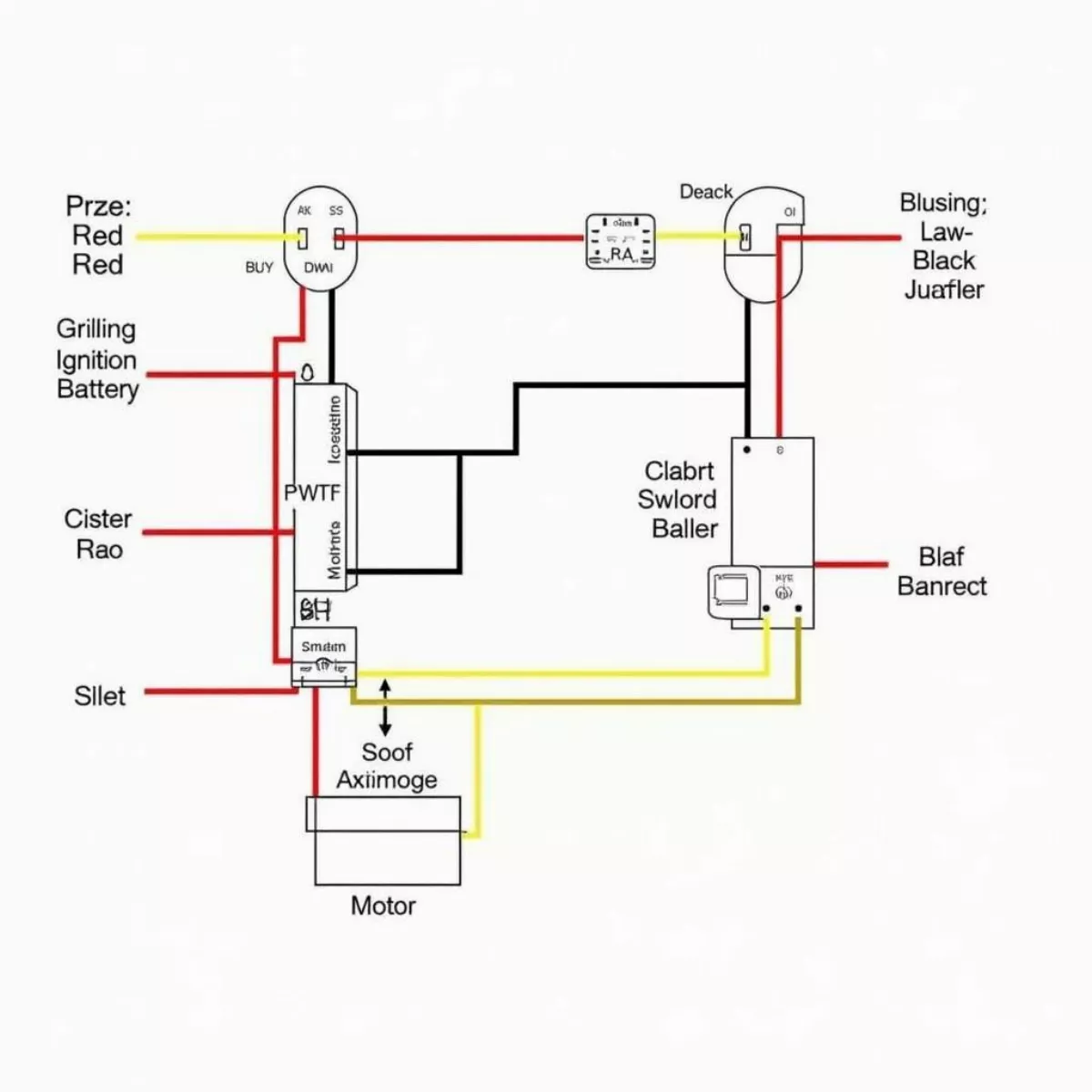
 Person hotwiring a golf cart
Person hotwiring a golf cart
 Christmas Golf Cart Parade
Christmas Golf Cart Parade Santa Claus Golf Cart at Night
Santa Claus Golf Cart at Night
 Golfers Enjoying Drinks and Snacks on the Course
Golfers Enjoying Drinks and Snacks on the Course Variety of Golf Cart Fanny Pack Coolers
Variety of Golf Cart Fanny Pack Coolers
 Gas Golf Carts Used for Farm Work
Gas Golf Carts Used for Farm Work Golf Cart Maintenance Checkup
Golf Cart Maintenance Checkup
 Group of friends playing golf
Group of friends playing golf Customized golf cart
Customized golf cart
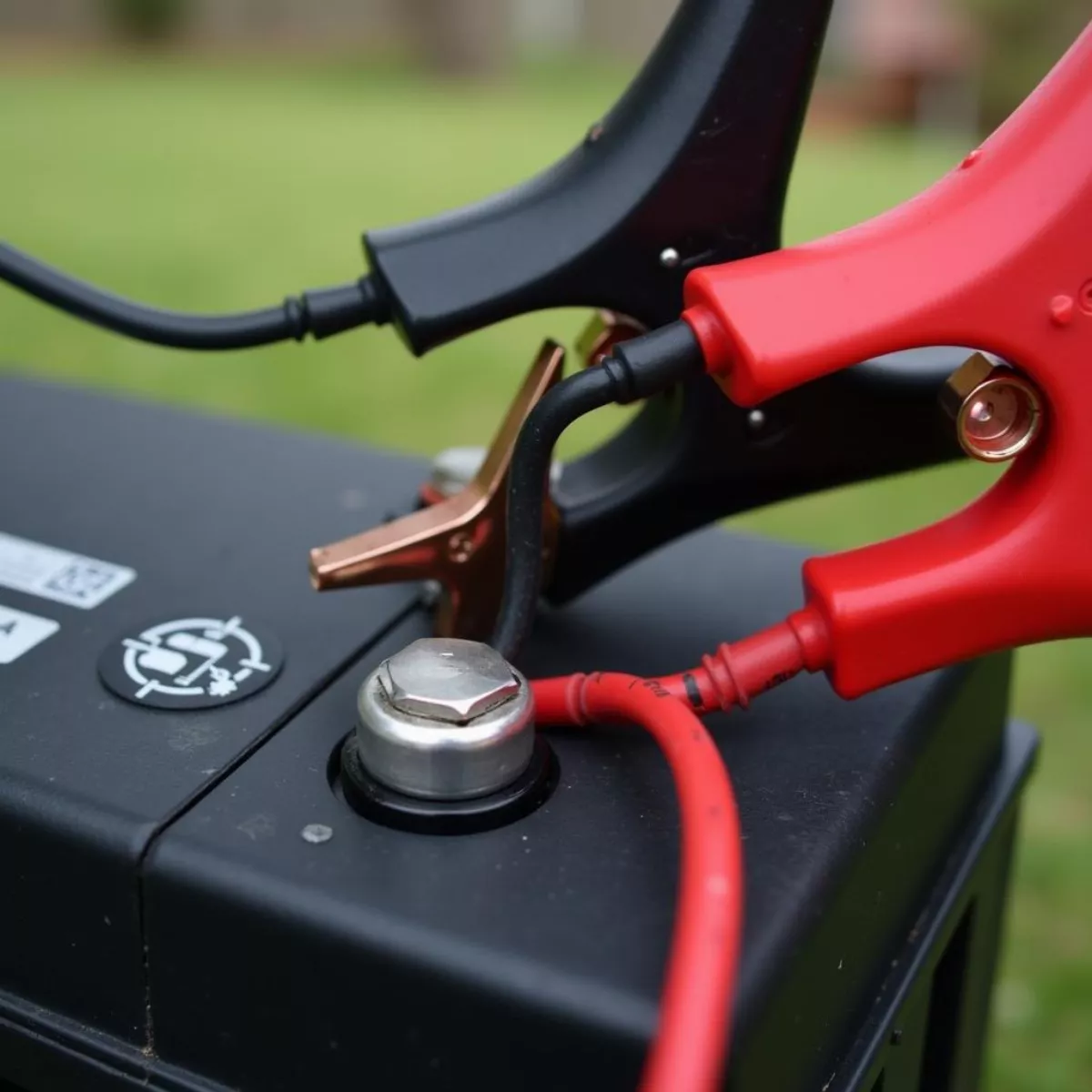 Connecting E-Z-Go Golf Cart Charger
Connecting E-Z-Go Golf Cart Charger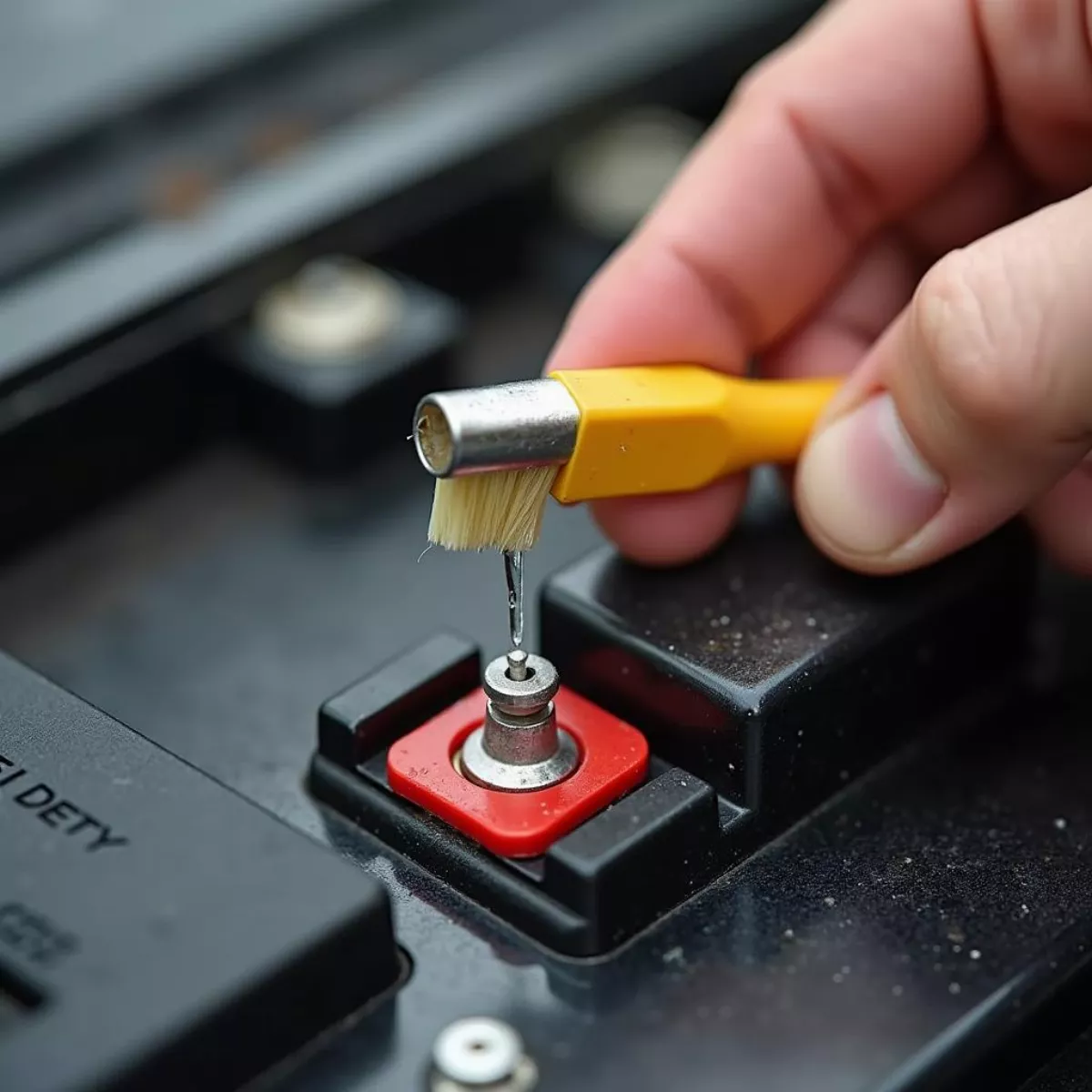 Cleaning E-Z-Go Golf Cart Battery Terminals
Cleaning E-Z-Go Golf Cart Battery Terminals
 Wrapped Golf Carts Examples
Wrapped Golf Carts Examples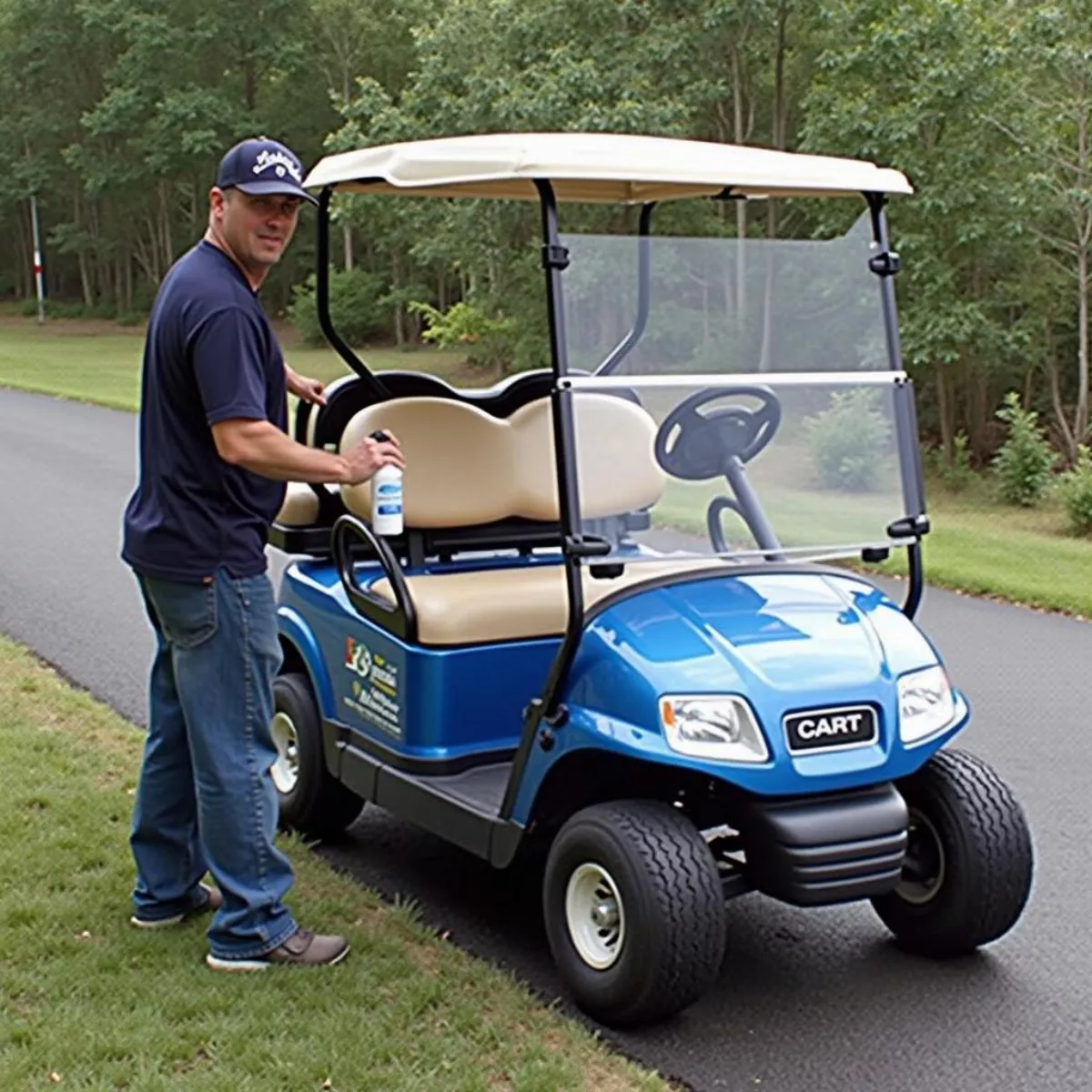 Golf Cart Wrap Maintenance
Golf Cart Wrap Maintenance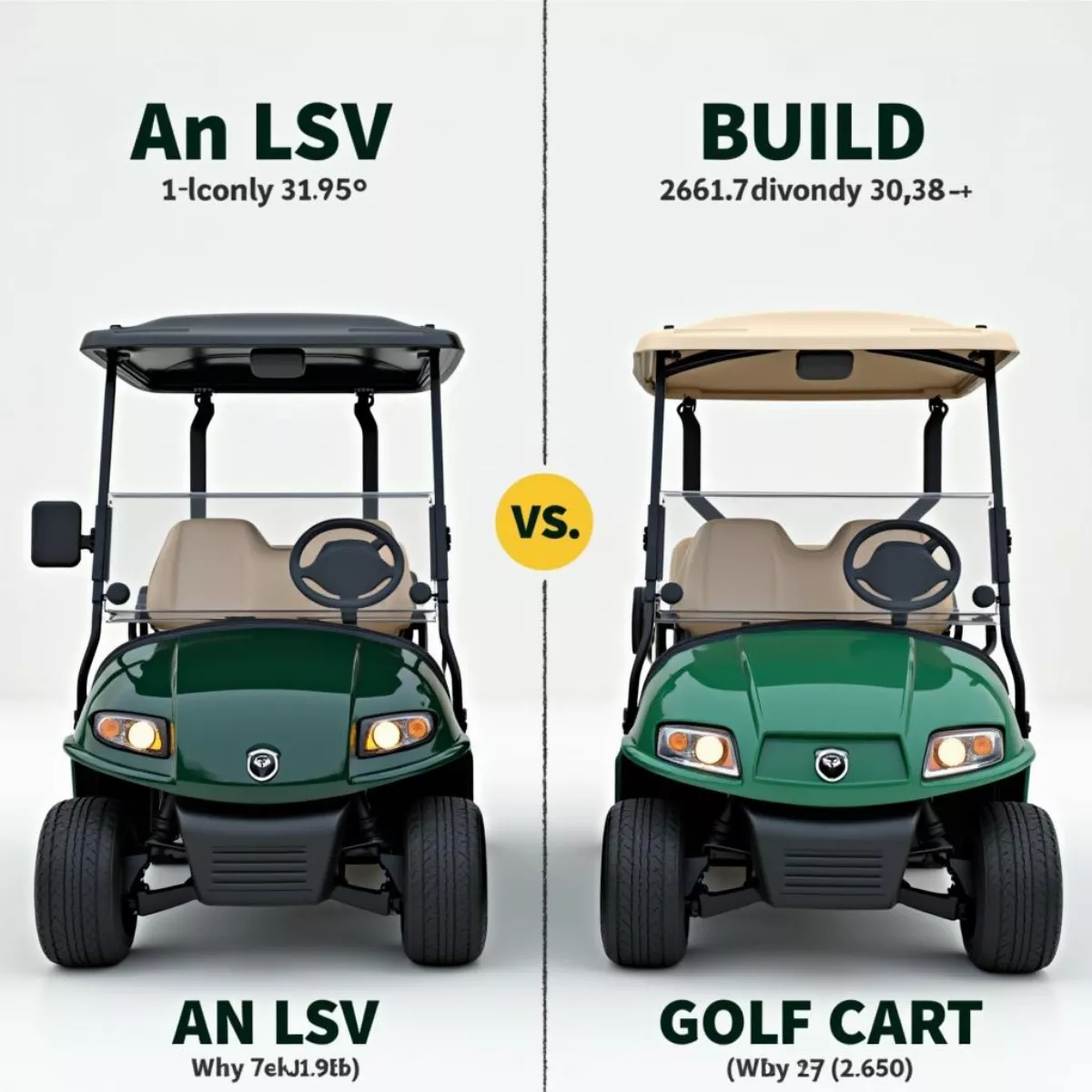
 LSV on the Road
LSV on the Road Golf Cart on a Golf Course
Golf Cart on a Golf Course
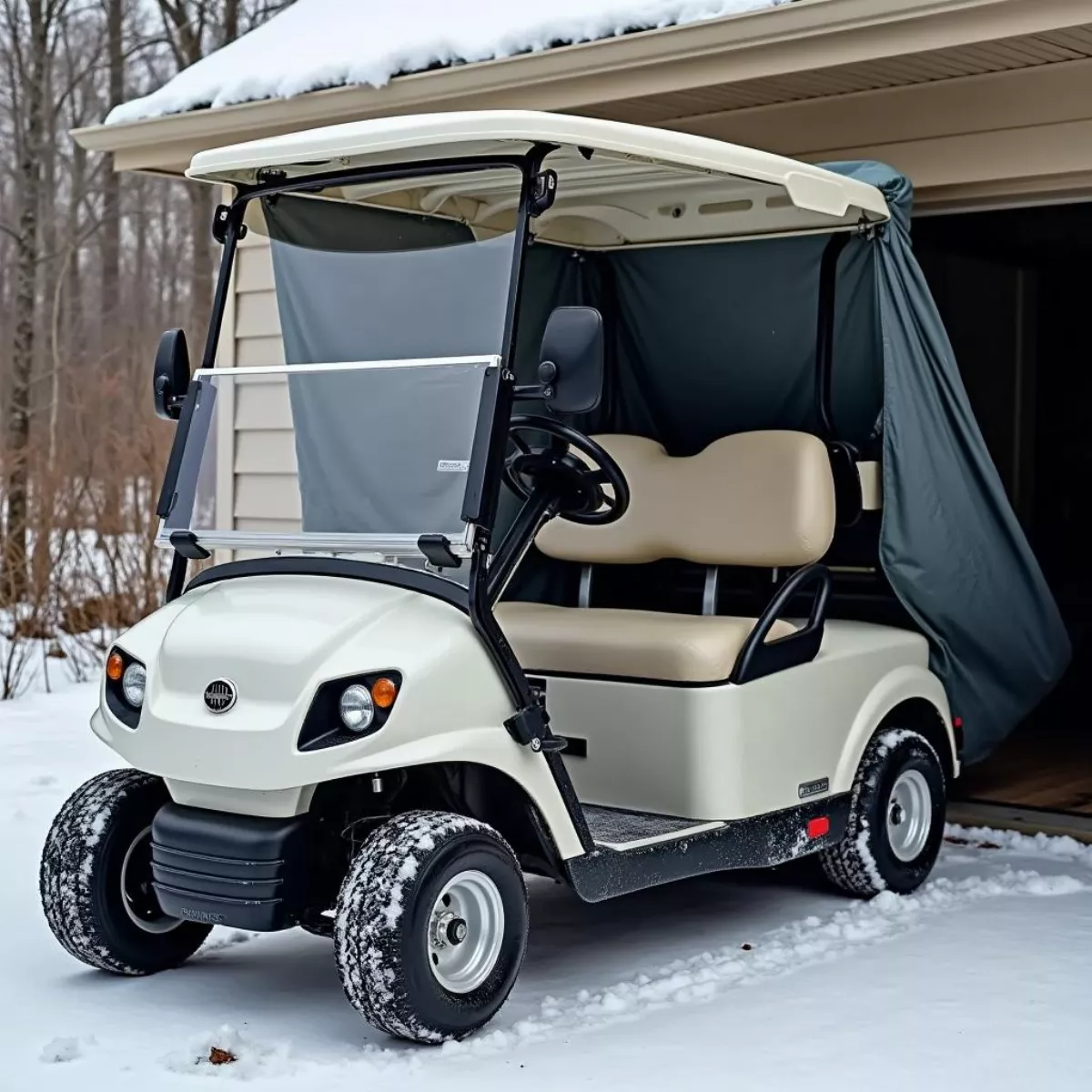 Winterizing an electric golf cart
Winterizing an electric golf cart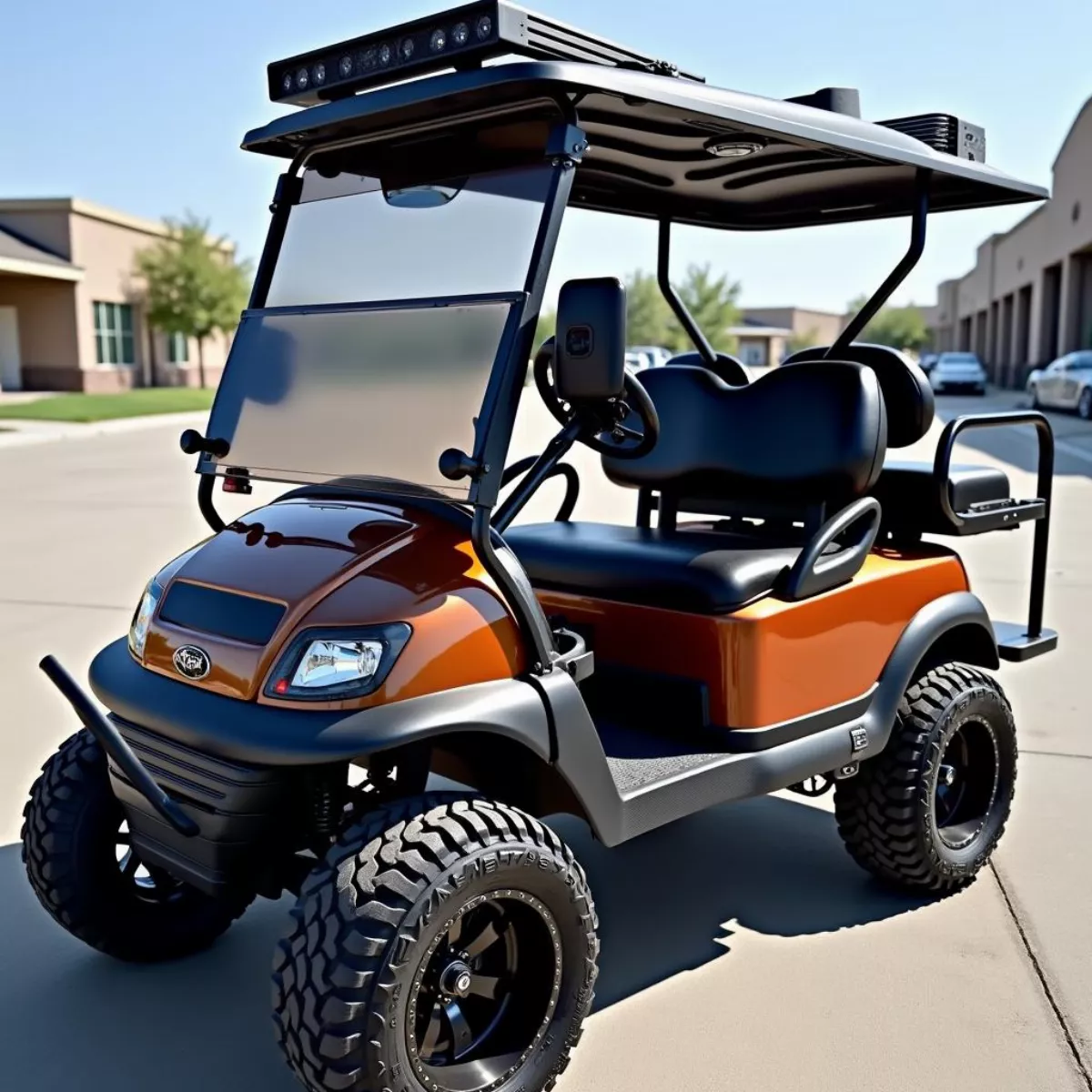 Upgraded electric golf cart with accessories
Upgraded electric golf cart with accessories